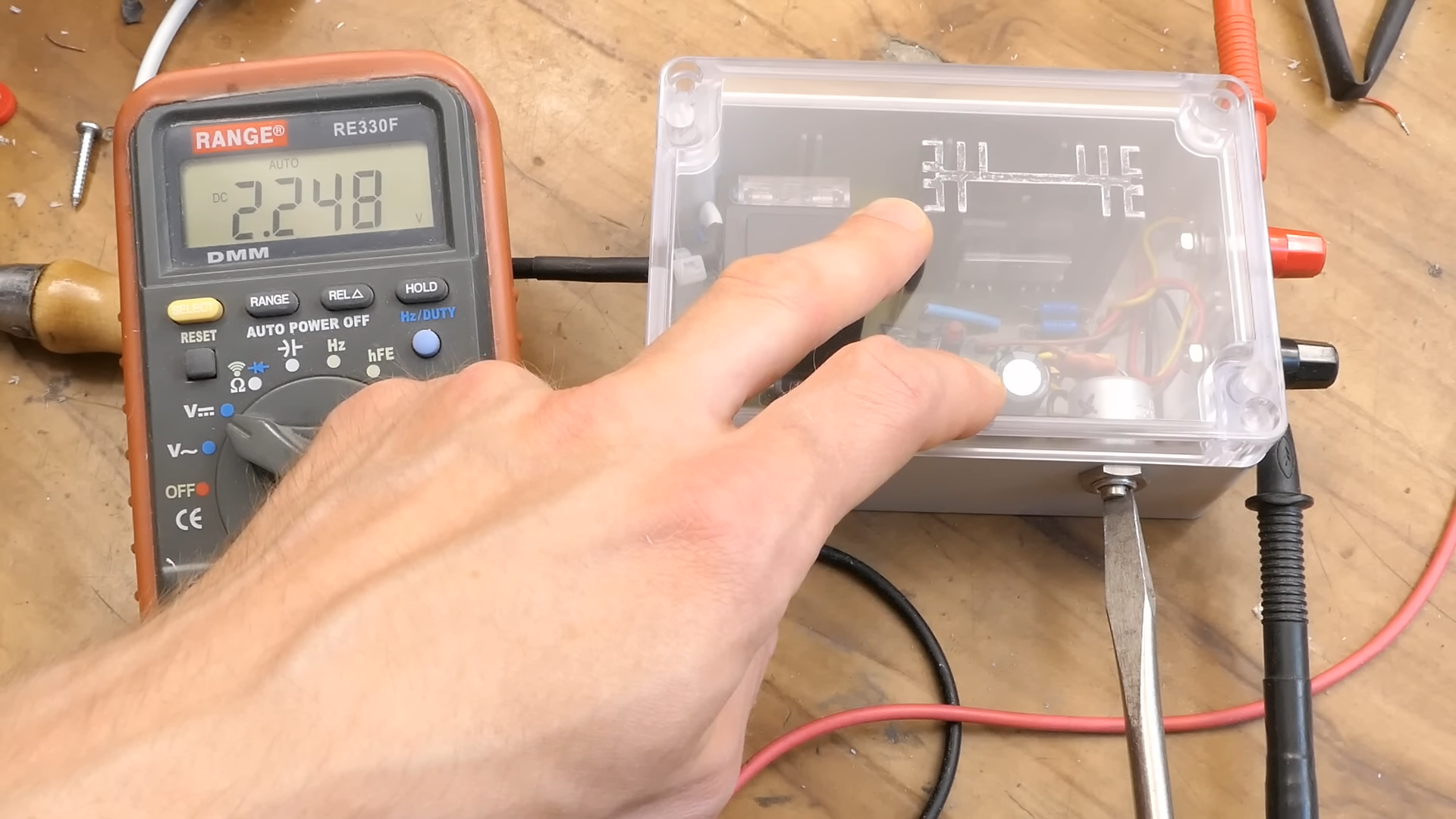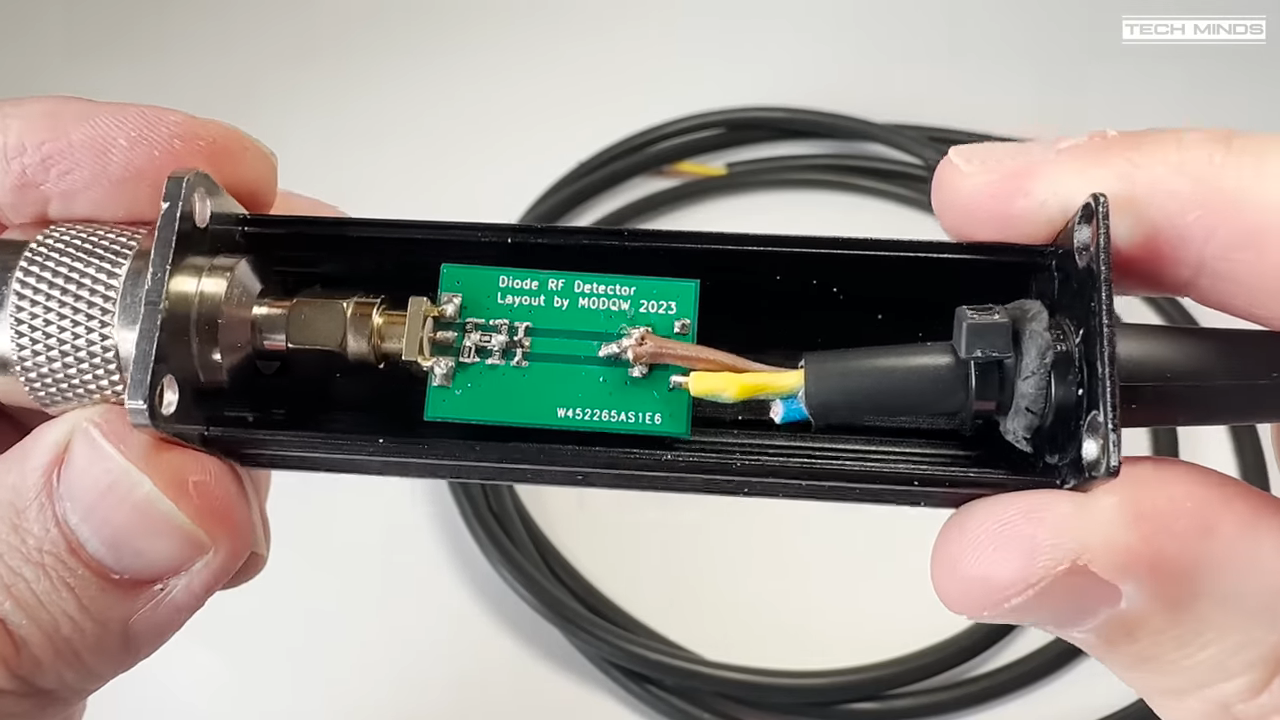2 Likes
#schottky
One person like that
#ecologie #solaire #energie #energiesolaire #panneauxsolaires #lowtech
Des panneaux solaires low-tech, ça existe ? Ils ont peut-être été inventés en… 1900 ! soit 40 ans avant les premières cellules photovoltaïques.
https://www.lowtechmagazine.com/2021/10/how-to-build-a-low-tech-solar-panel.html#more (anglais)
in 1909, Technical World Magazine wrote that “such a machine is cheap and indestructible as a kitchen range. Even in its present and somewhat crude and experimental state, given two days of sun, it will store sufficient electrical energy to light an ordinary house for a week. The inventor has proved this now for months in his establishment”.
Un petit détail, il ne comprenait pas comment ça marchait :p (au départ il voulait faire autre chose)
George Cove did not understand how his solar generator worked, and neither did anyone else at the time. It was only with Einstein’s work on the photoelectric effect (in 1905) and later work in quantum mechanics (1930s and beyond) that the concept of a semiconductor bandgap was realized.
Il aurait découvert le contact de Schottky
“My hypothesis is that George Cove stumbled upon a Schottky contact photovoltaic cell, decades before it was described by Walter Schottky.
What happened? By using copper, Cove had unknowingly built a Schottky junction. That converted his thermoelectric generator into a “thermophotovoltaic generator.” Such a device works the same as a photovoltaic solar cell but on a different wavelength.
Et le low-tech ? Les métaux utilisés seraient moins énergivores à produire et entièrement recyclables. La méthode serait moins efficiente, mais on pourrait construire les éléments encore plus fins que la silicon pour les rendre plus efficients.
recent research into Schottky cells based on other materials seems to confirm this. For example, recent experiments with Schottky selenium cells brought layer thickness back to only 100 µm, compared to between 200 and 500 µm for silicon cells. [27] [31] Scientists also reached 17% experimental efficiency for a graphene/silicon Schottky cell, up from 1.5% ten years earlier. [26]
et
We can also question the current obsession with higher efficiencies
Qu'est-il arrivé à cet inventeur ?
Wow, la fin est pleine de mystères. Peut-être a-t-il été victime de la
#Edison Electric Illuminating Company of New York, whose unscrupulous practices against competitors are well-documented.
5 Likes
4 Comments
4 Shares

